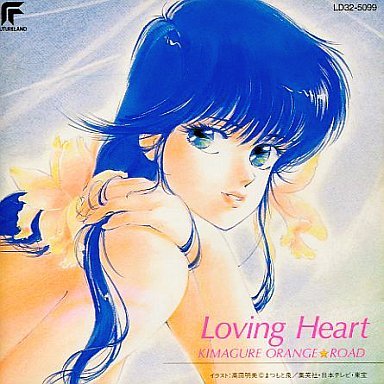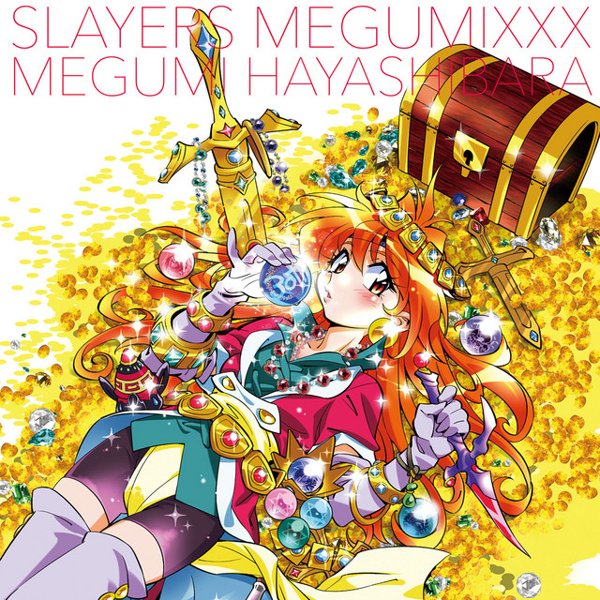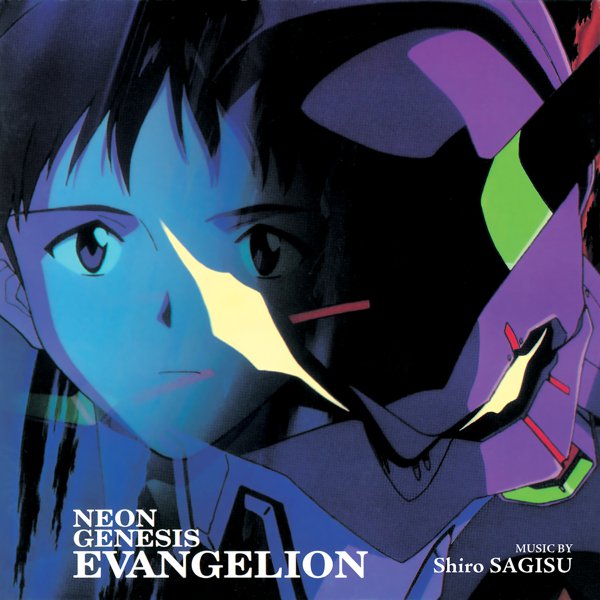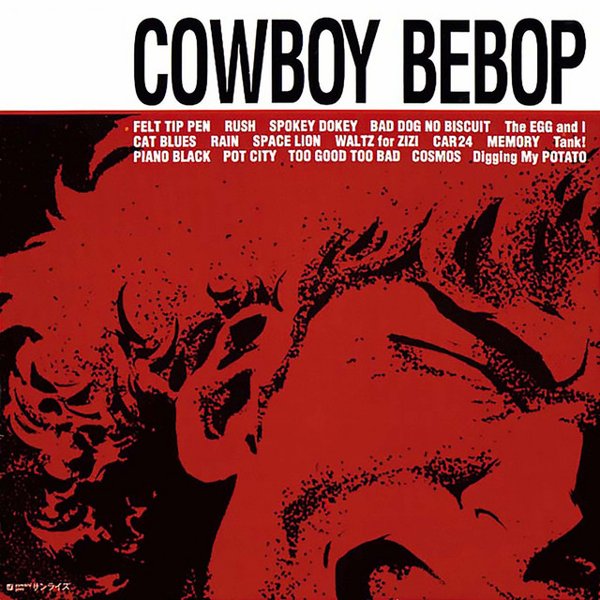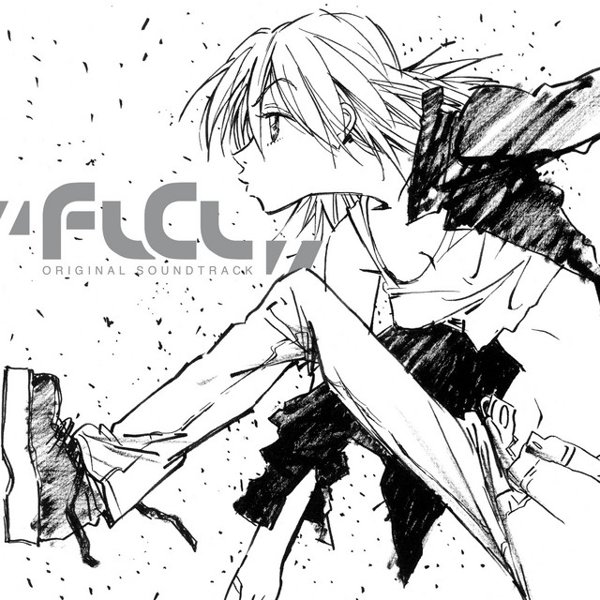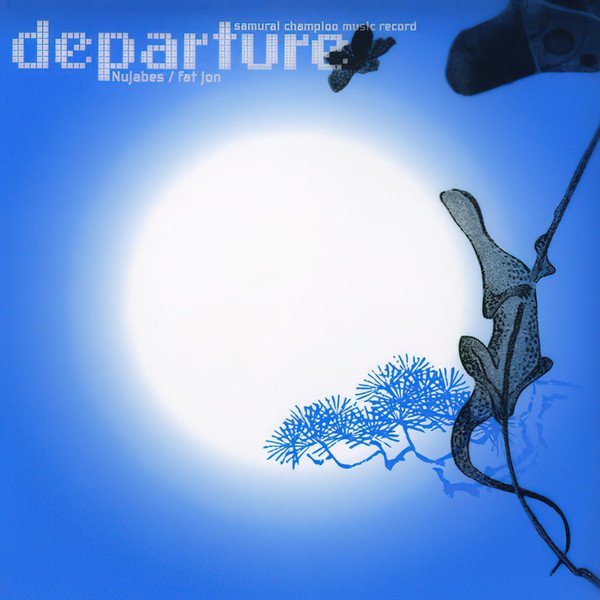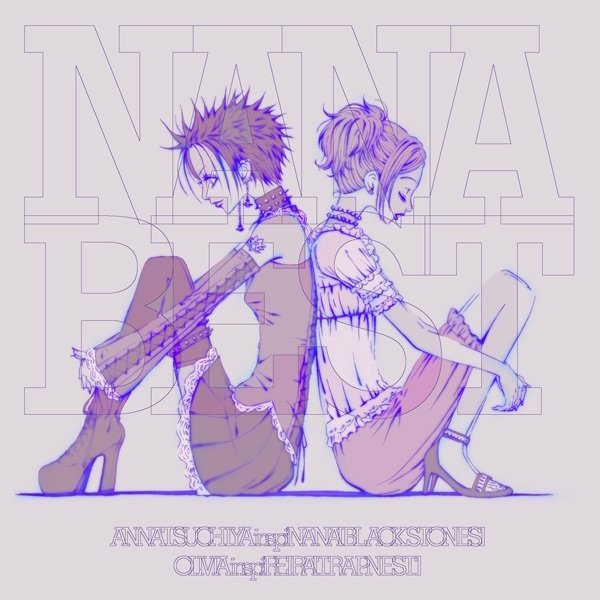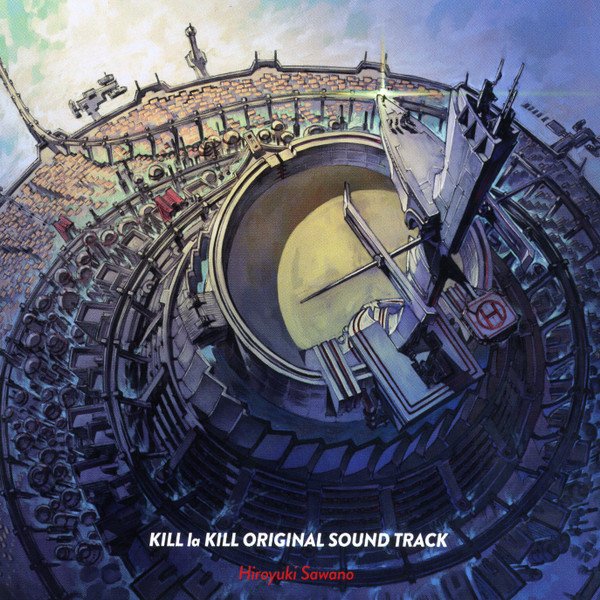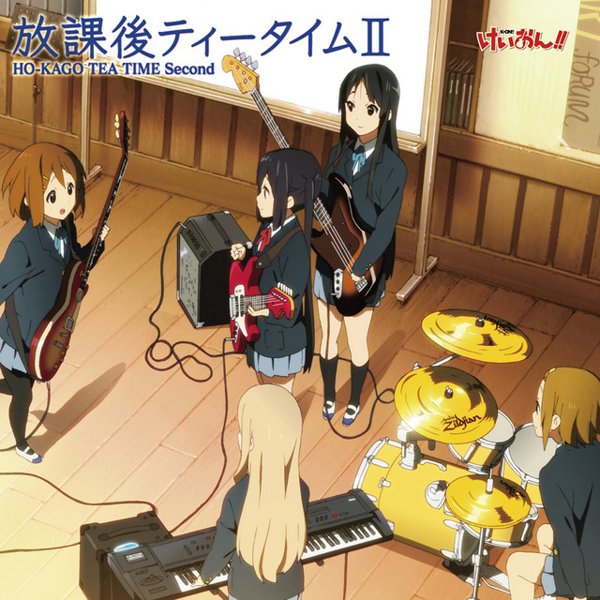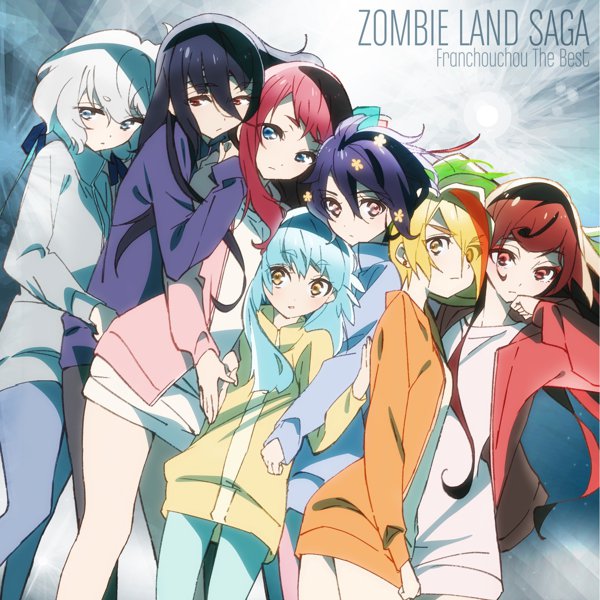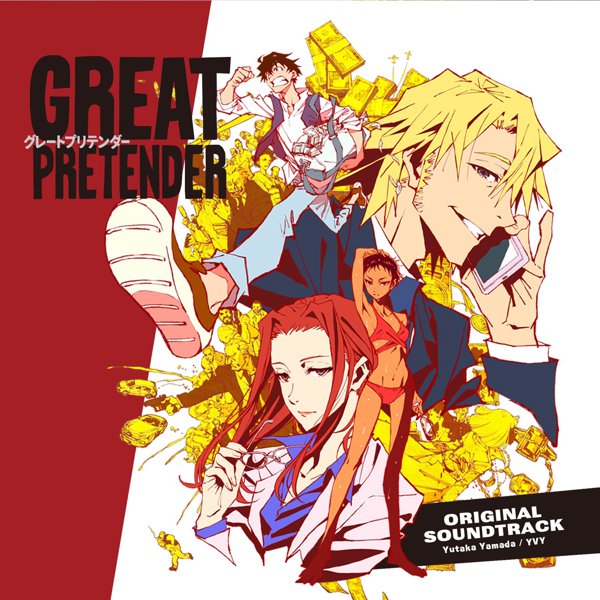Approaching anime soundtracks can be intimidating, especially if you aren’t into the medium. Adult Swim staples like Cowboy Bebop and FLCL provide excellent examples of the way canny filmmakers integrate different kinds of music into their shows. Beyond that, however, the field can be overwhelming. It’s worth it. If you love movie/TV music but you’re sick of Hans Zimmer bombast and Creedence Clearwater Revival needle drops, anime soundtracks scratch that itch while acting as a great starting place to learn about the last 60 years of Japanese popular music.
From the jazzy bounce of the original Mach Go Go Go (a.k.a. Speed Racer) theme through the city pop boom of the 80s (as embodied by the themes to shows like Ranma ½ and Kimagure Orange Road) to the modern-day proliferation of hip-hop, idol-driven J-pop, and metal, the art form covers a huge variety of genres. And that’s just in the opening (commonly abbreviated as OP) and ending (ED) themes – that’s not even getting into the background music.
Sure, Western programs run the gamut as well. Unlike most American shows, however, the cast members frequently perform these themes – in character, no less. Because of the vertical integration of the Japanese entertainment industry, management companies use their stars’ voice acting roles to help break their music careers. Sometimes the voice actors will even go on tour as their characters to perform songs from the shows, especially with music-based projects like K-On! and Love Live!. That strong synergy helps tie the music to the shows in a way you don’t necessarily find in other countries.
For a non-Japanese-speaking audience, however, finding the specific songs or themes you want can get confusing. The vocal songs (and any interstitial tracks) can get packaged separately from the actual score, whether as EPs or compilations of themes for multiple seasons. Plus the score itself can come in multiple volumes, with remixes or alternate versions filling out any additional space. Some long-running shonen (boy’s action) shows like One Piece have over 1000 episodes and 25 companion albums on their own!
That said, if you’re willing to dig a little, a lot of amazing music can be found on anime soundtracks. Whether it’s original compositions, stunningly evocative background music, or popular songs from the day, they present an easy way to discover songs from a country whose acts rarely break through in the US. It’s impossible to cover everything, but here are some suggestions to get you started.


![Lupin the Third [Original Soundtrack] cover](https://images.theshfl.com/5150712810962944_v1_600.jpg)
![Castle in the Sky [Original Soundtrack] cover](https://images.theshfl.com/5709474383790080_600.jpg)
